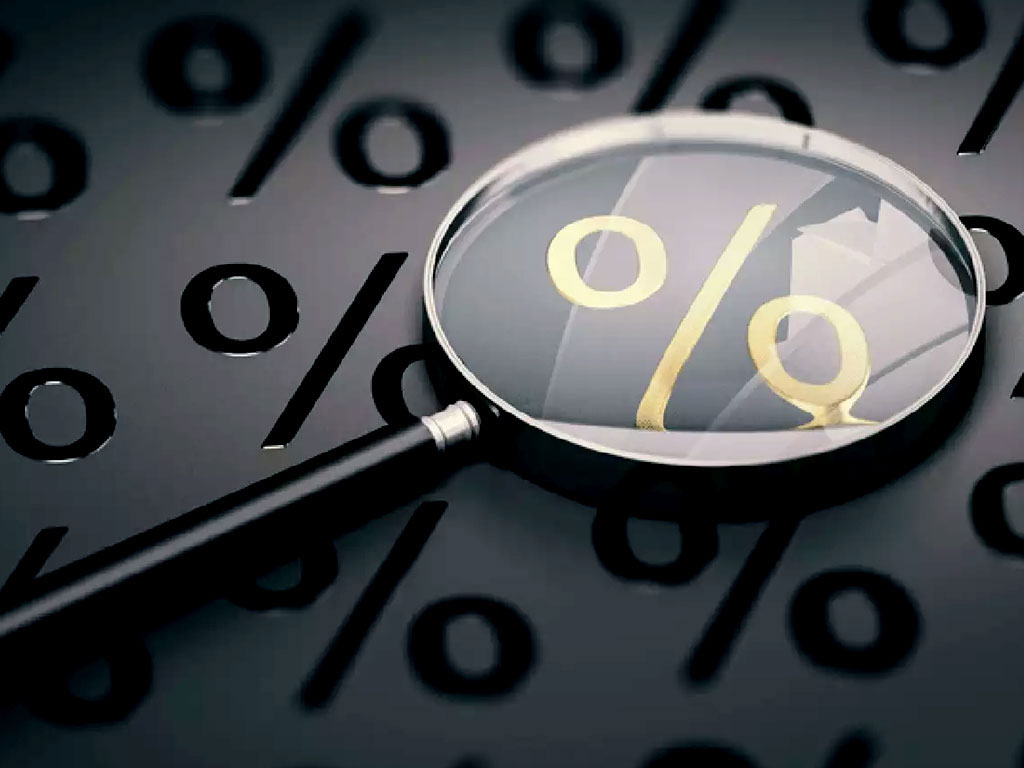Discount rate debate

The decision to raise the discount rate to 13.25 percent on 16 July, a 150 basis points raise in addition to the raise of 100 basis points on 20 May, has widened the distrust between the Khan administration's economic team and the business community with respect to their rhetorical commitment to generate an environment conducive to productivity. The ease of doing business envisaging the reduction of bureaucratic red-tape, lower utility rates and/or fiscal incentives at great cost to the treasury that the Prime Minister and his Advisor on Commerce and Industries constantly harp on, become irrelevant when the cost of borrowing is that high.
The two relevant questions are what was the objective of the SBP in raising the discount rate and was this objective achieved? The statement issued on 16 July after the Monetary Policy Committee (MPC), chaired by Governor State Bank of Pakistan, provided the following rationale for raising rates: "Inflation rose considerably to 7.3 percent in FY19 due to higher government borrowing from SBP, lagged impact of exchange rate depreciations, hike in domestic fuel prices, and rising food prices. CPI inflation was 8.9 percent in June 2019 and is expected to rise in the near term due to the one-off impact of adjustment in utilities' prices and other measures in the FY20 budget. These pressures are expected to recede in the second half of the fiscal year and the MPC expects inflation to average 11 to 12 percent in FY20."
Without restating why the discount rate should be linked to core inflation rather than Consumer Price Index (food and energy prices are not linked to the discount rate in Pakistan) there is a consensus amongst economists that central banks' primary responsibility is to monitor and bring inflationary pressures down through available monetary policy tools, including adjustment in the discount rate. There is ample evidence of linkages between aggregate demand and inflation and theory dictates that raising the discount rate raises the cost of capital, a key input to productivity, and raises the cost of borrowing by households which is significant in the West (though perhaps less than five percent in Pakistan). Thus a higher discount rate would lower aggregate demand and consequently inflation in advanced well-documented economies. After the May and July rise in the discount rate in Pakistan, inflation did not decline and instead rose. The reason: prevalence of some elements in the Pakistani economy that simply do not exist in the West.
In Pakistan, aggregate demand (a composite of private consumption, government consumption, investment and net exports) has the additional component of smuggling and a large parallel illegal economy (estimated at almost 50 percent of our legal economy). Private consumption in the legal economy has contracted because of higher taxes, rupee depreciation (which has not only impacted on the price of fuel and energy but also on imported raw materials) with few, if any private sector entities giving a raise in salaries in the current year commensurate with the rate of inflation. In addition, major borrowers on whom the discount rate applies are those operating in the large-scale manufacturing (LSM) sector. This sector is heavily reliant on imported raw material, and higher taxes. An overvalued rupee would therefore not only make them uncompetitive in the international market but also domestically as smuggling becomes more lucrative - an activity where established routes through thousands of miles of our porous border exist. The element of non-payment of refunds has exacerbated their liquidity problems though the government appears to be committed to resolving this issue in weeks to come; however one would have to wait and see given that past administrations also committed to releasing refunds but without success given their unsustainable budget deficits (which incidentally were less than what has been projected for the current year).
LSM registered negative growth last year leading to declining output as well as closures while the small and medium enterprises have also begun to scale down their workforce as business has declined due to lower private consumption levels. This aspect implies that those operating in the legal economy are suffering serious socio-economic repercussions today. Or, in other words, the Pakistan economy is en route to deep recession.
The government's spending unfortunately has increased massively - last year the budget deficit was at an unsustainable 8.9 percent of GDP (understated at negative 7.2 percent in the budget documents) while this year it is projected at 7.2 percent with current expenditure due to rise by 31 percent and development by 40 percent. In other words, the contractionary monetary policy of the SBP is at odds with the budgeted government expenditure for the year.
To conclude, this newspaper has consistently urged the government to reduce its budgeted expenditure rather than to focus on giving an unrealistic 5.5 trillion rupee revenue target to the Federal Board of Revenue. Raising non-tax revenue through selling the two RLNG plants (achievable though perhaps not this year), renewal of licences of cellular companies and generating SBP profit would cover the tax collection slippage of last fiscal only. Lower government expenditure would dampen aggregate demand more effectively without the threat of any socio-economic fallout (while retaining subsidies on some key items).





















Comments
Comments are closed.